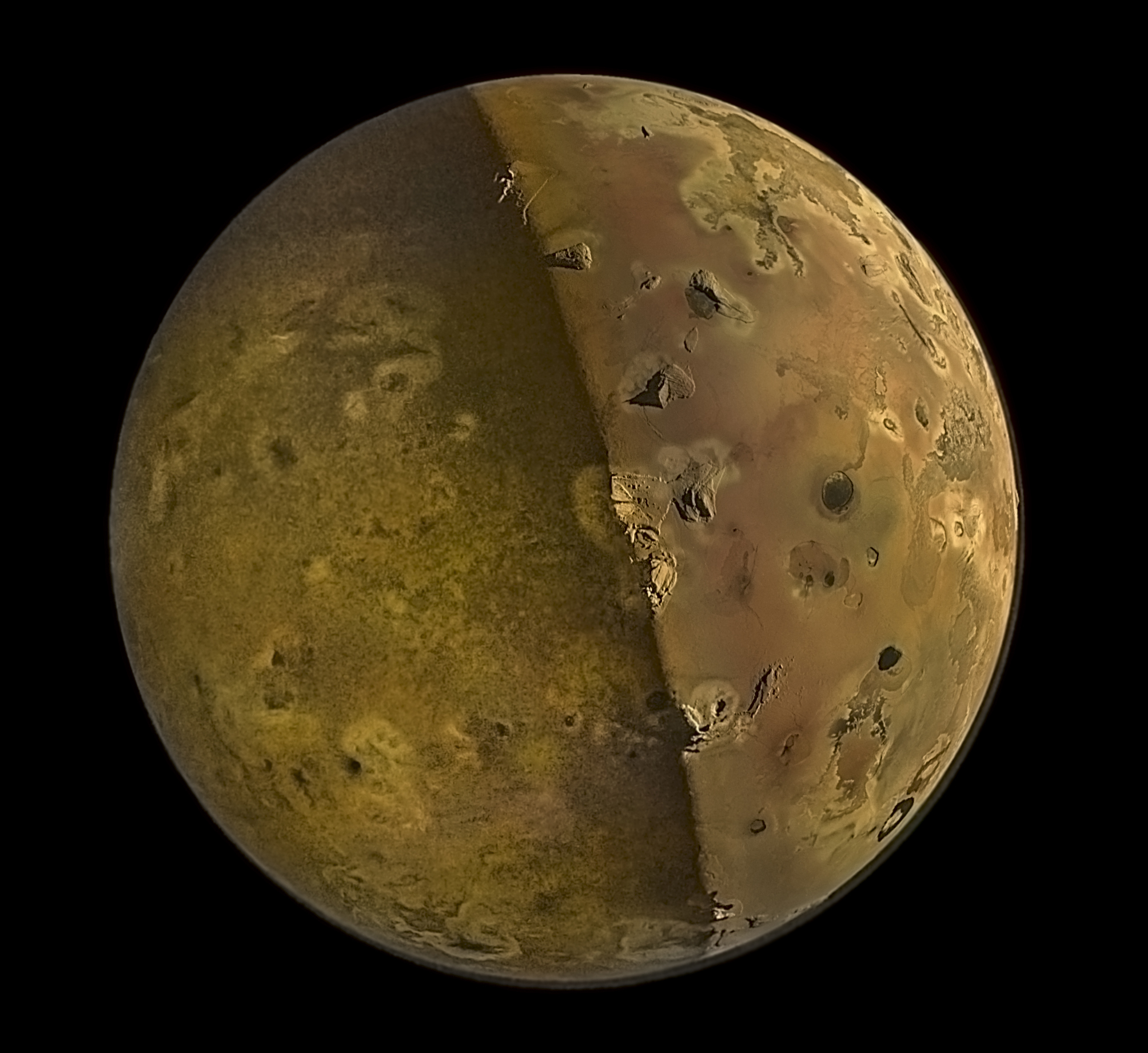2 min read

NASA’s Juno spacecraft just made the closest flybys of Jupiter’s moon Io that any spacecraft has carried out in more than 20 years. An instrument on this spacecraft called “JunoCam” returned spectacular, high-resolution images—and raw data are now available for you to process, enhance, and investigate.
On Dec. 30th, 2023, Juno came within about 930 miles (1,500 kilometers) of the surface of the solar system’s most volcanic world. It made a second ultra-close flyby of Io just this week. The second pass went predominantly over the southern hemisphere of Io, while prior flybys have been over the north. There’s a lot to see in these photos! There’s evidence of an active plume, tall mountain peaks with well-defined shadows, and lava lakes—some with apparent islands.
It will be a challenge to sort all of this out, and the JunoCam scientists need your help. Previous JunoCam volunteers like Gerald Eichstadt have seen their processed images appear in multiple scientific publications and press releases.
You can find the new raw images, see the creations of other image processors, and submit your own work at: https://www.missionjuno.swri.edu/junocam/processing.
